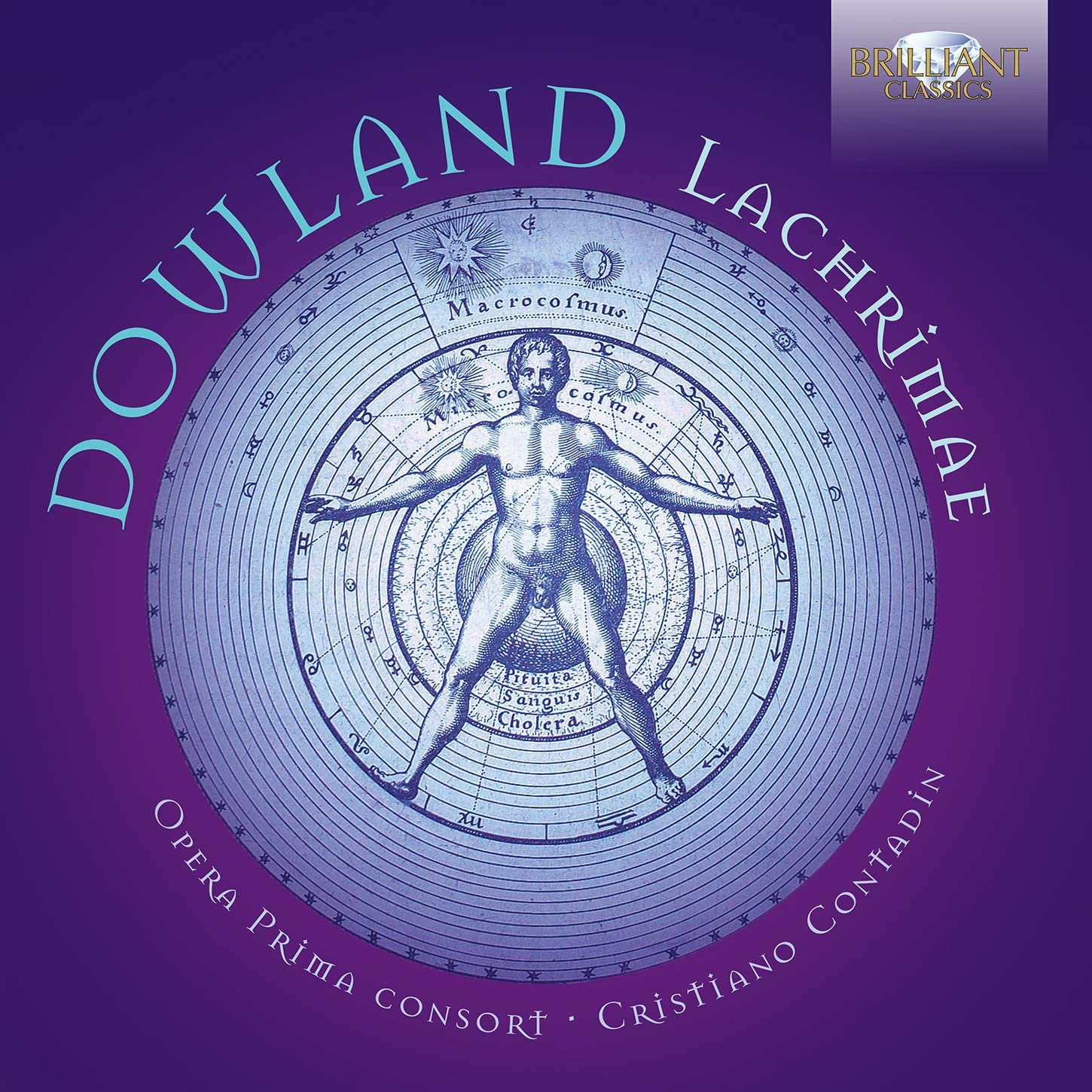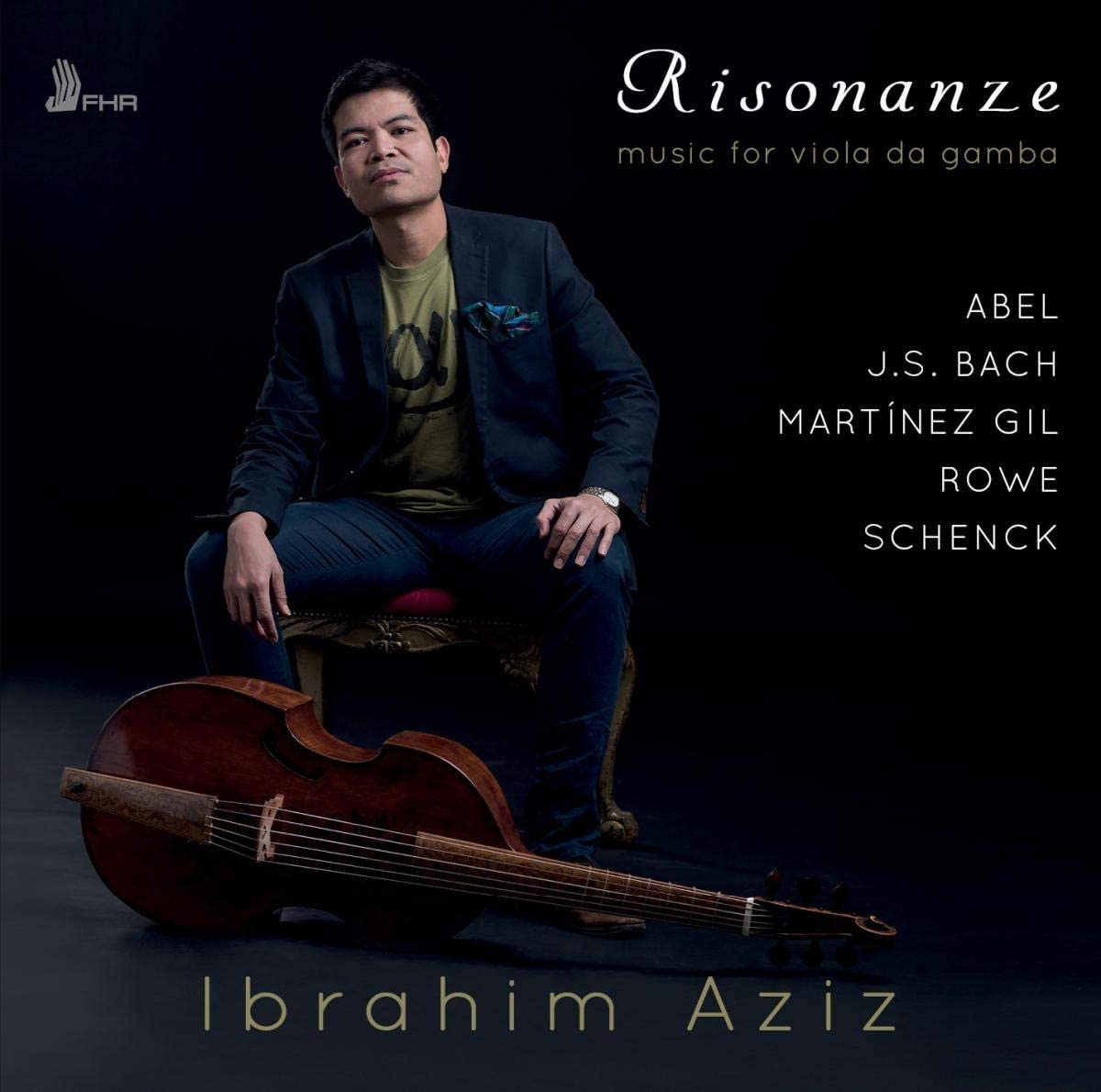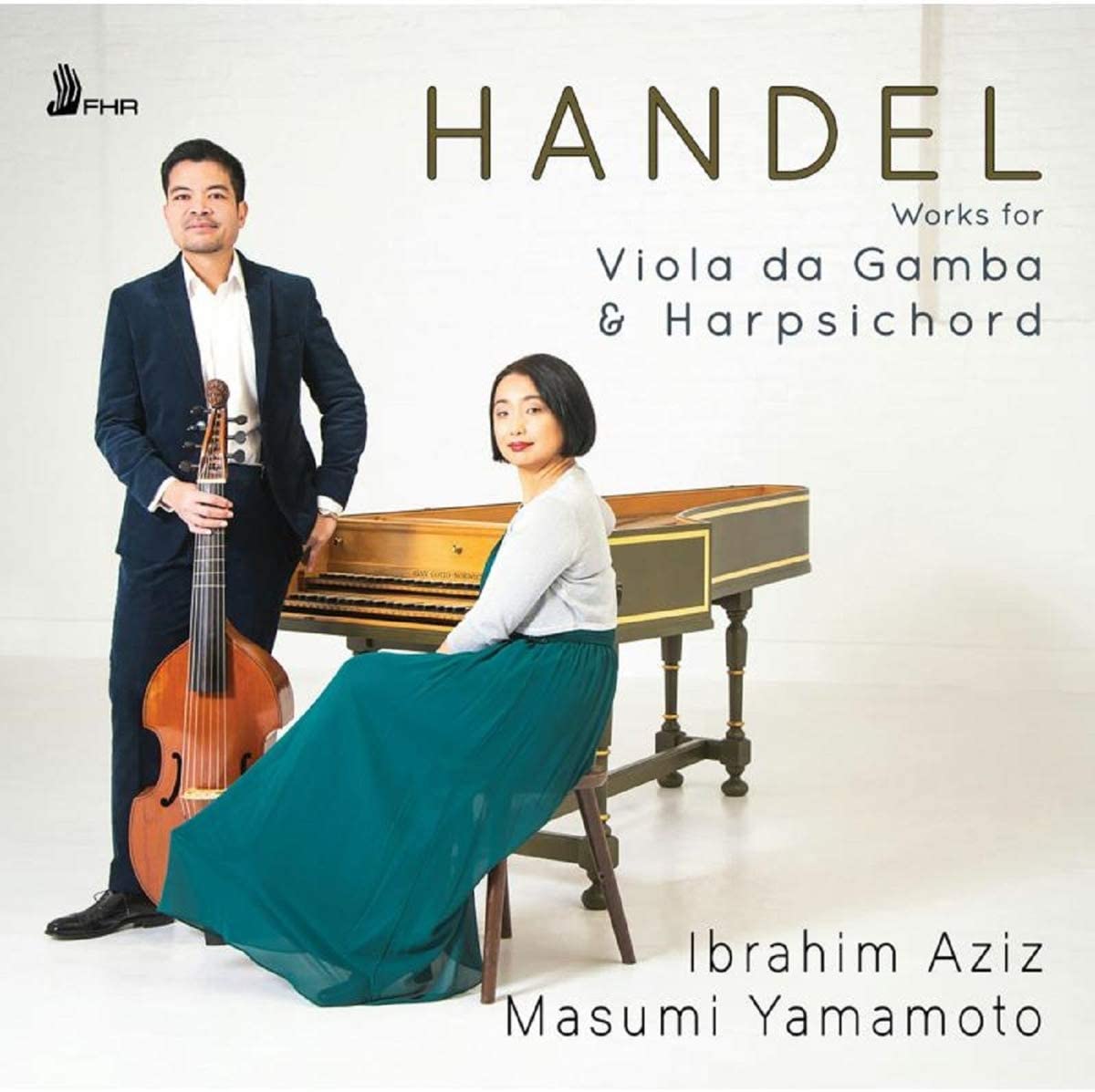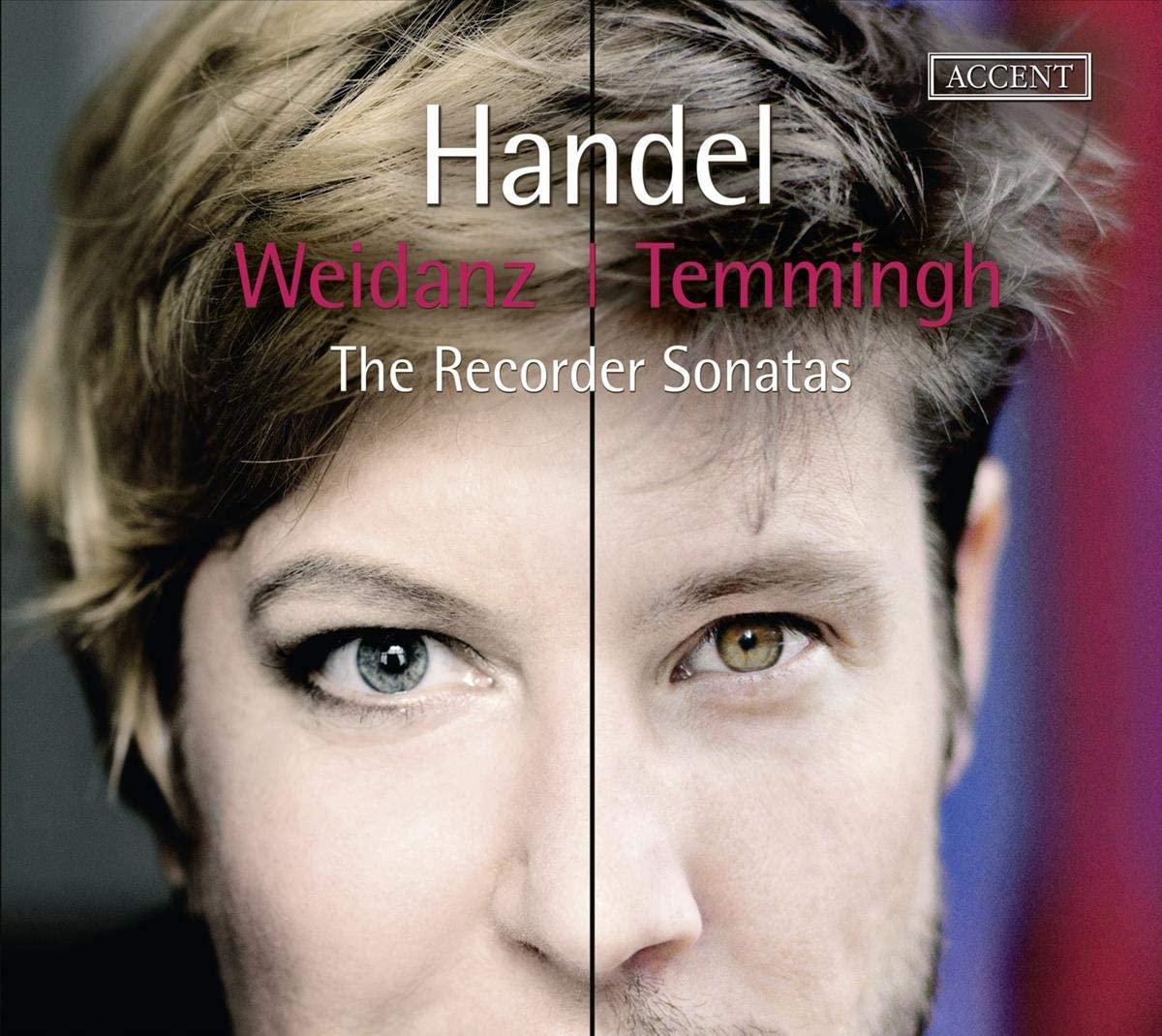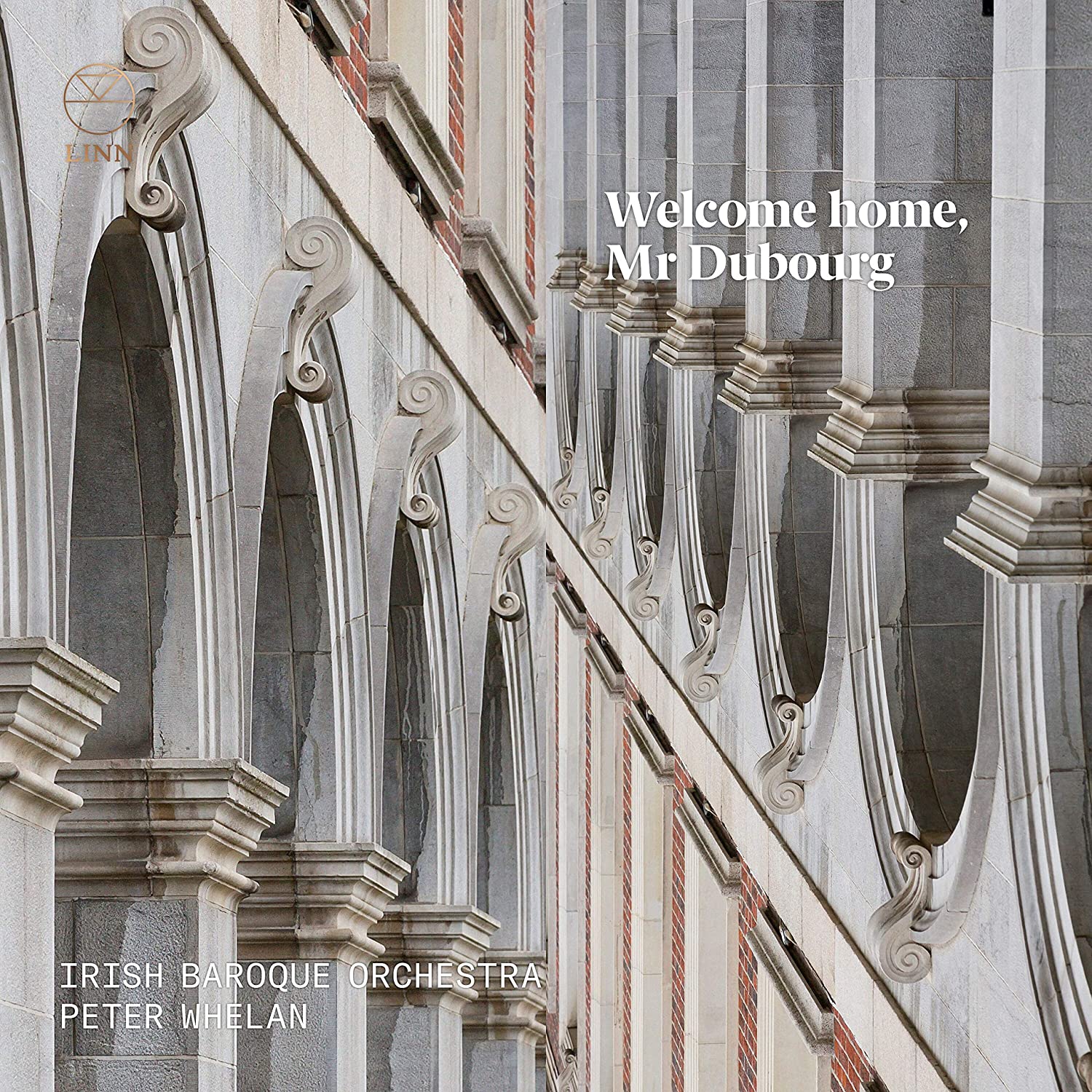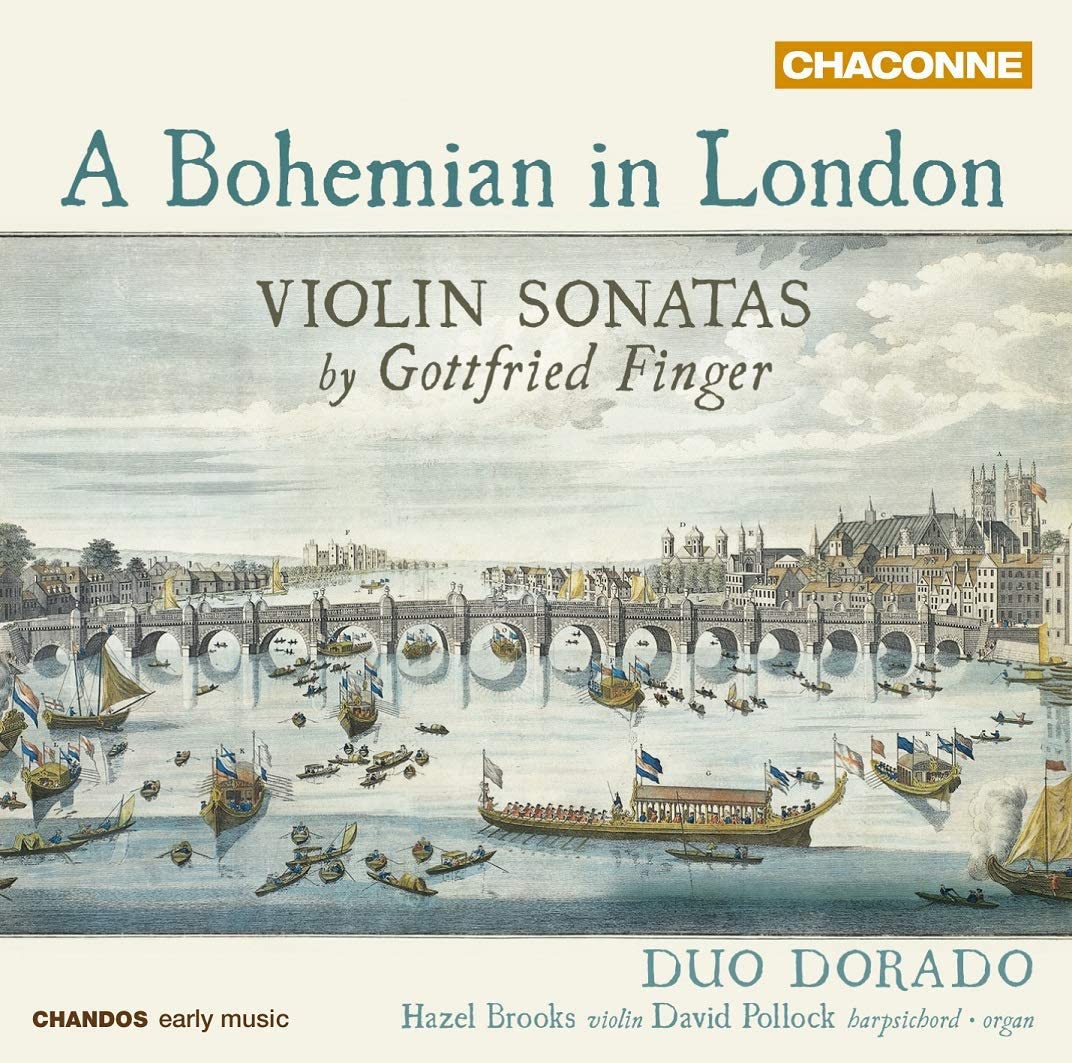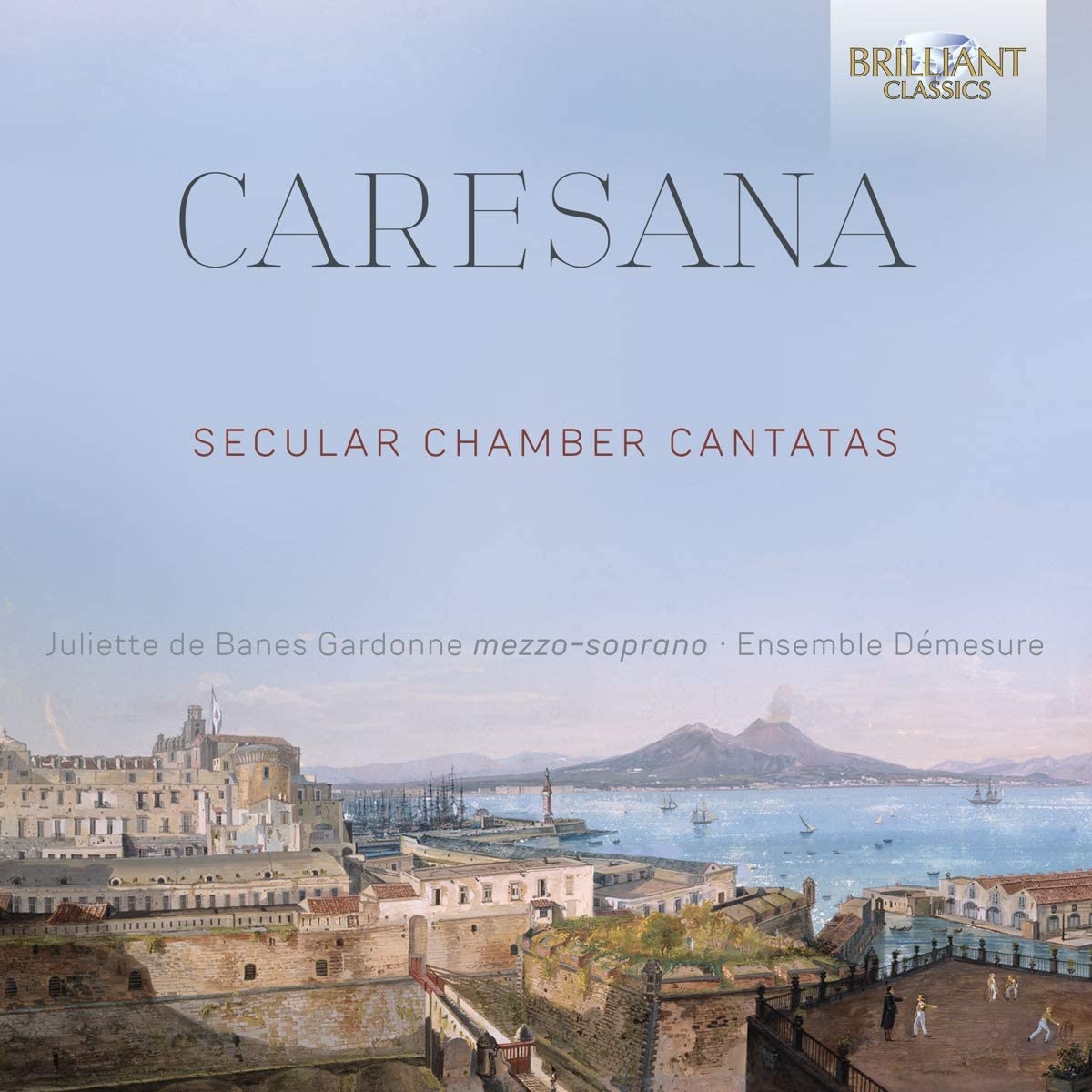Fieri Consort
67:18
Fieri Records FIER003VOV
With music by Ferrari, Fontei, Kapsperger, Maione, Monteverdi & Selma y Salaverde
Click HERE to buy this CD on amazon.co.uk
It is good to see Barbara Strozzi’s music receiving more attention – as more of it becomes familiar, it is clear that she deserves her own place in the history of early Baroque music. As a female composer and performer, her considerable success was greeted with some suspicion in her own lifetime, and even in our own day, acceptance of her skills has been slow and grudging. Her image as a serious performer/composer is perhaps not helped by the familiar bare-breasted portraits, but she was a pupil of the Monteverdi’s pupil, Francesco Cavalli, and was a prolific composer with seven books of madrigals, arias and cantatas plus a collection of sacred music to her name. That this large body of work was published is sometimes ascribed to the prominence of her father as a member of the prestigious Accademia degli Incogniti, but, as more and more of her stylistically varied music comes to be performed, it becomes clear that she was probably being published entirely on her own merits. The Fieri Consort fields six voices in various permutations with gamba, lute/theorbo and harp to present a selection from throughout the composer’s musical life. Thus we travel from the flirty music of the early madrigal collections to the more intense music of the late more profound lagrime. The fact that her music stands up very well beside the pieces by Monteverdi, Nicolò Fontei and Kapsperger with which the consort alternate her songs is a mark of their quality. The singing and playing are generally good, if the ornamentation occasionally sounds a little laboured, and I like the variety of voices, which appear mainly in dialoguing pairs, as well as the subtlety of the instrumental accompaniments.
D. James Ross

